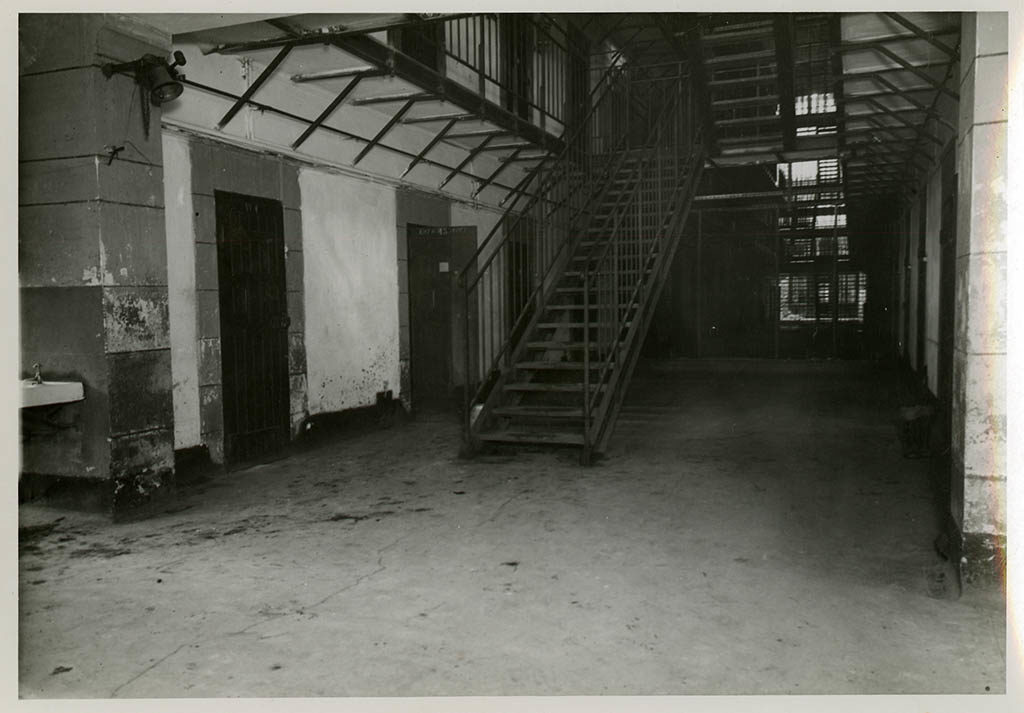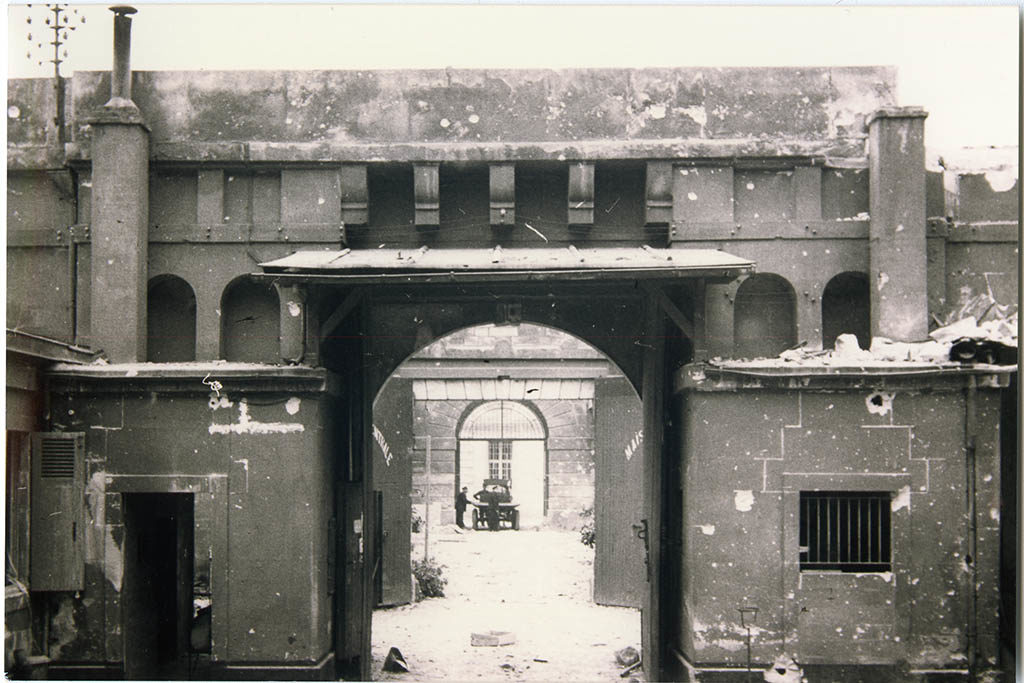- Point of Interest
- Maison d'arrêt Caen, 10 Rue du Général Duparge, Caen, France
As soon as the news of the D-Day landings in Normandy was heard, the head of the Caen Gestapo decided to execute all Allied prisoners held at the Caen jail. 87 of them were shot in the prison courtyard throughout the day of 6 June 1944. Their bodies were never found.
From December 1943 on the German repression in Normandy intensified. In six months time over 200 resistance fighters were arrested by the Gestapo, the German secret police. On receiving news of the Allied landings, the German commander of the Caen prison decided to apply standing orders in case of alert. He wanted to send all Gestapo detainees to Germany, to avoid them falling into Allied hands. Other detainees, who were to be judged by Wehrmacht (army) courts, were to be deported to Germany or freed, depending on the gravity of the accusations they faced. The Feldkommandantur (area headquarters) confirmed Commander Hoffman’s orders, but Allied bombing of the Caen train station had left the railway system totally unusable. The Germans possessed neither the trucks nor the personnel to safely evacuate the prisoners.
At about eight o’clock in the morning Harald Heyns, head of the Caen Gestapo arrived at the prison to inform Hoffman that the decision had been taken to immediately execute the prisoners. From morning to nightfall, by groups of six, 87 prisoners were executed in the prison’s small courtyards. The women’s quarters were not exempt. Some twenty detainees were moved to Fresnes. The bodies of the executed were buried in the courtyards in hastily dug trenches and covered with lime. At the end of June 1944 the Germans returned to the scene, exhumed the corpses and took them to a burial site which still remains unknown today.



